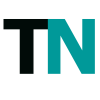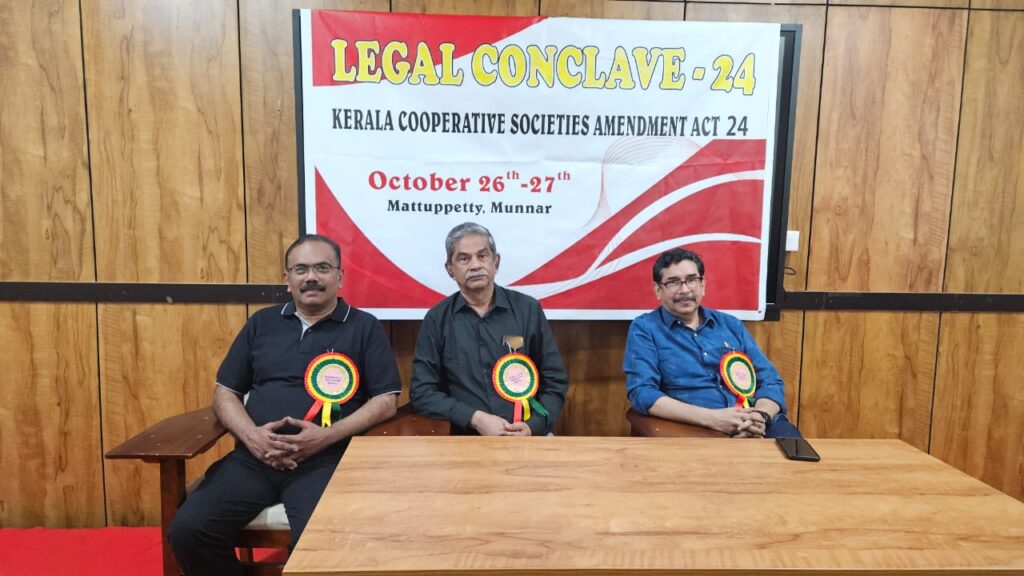Financial and fiscal regulation led to a widespread over-valuing of real estate and investments and Japan faced a bubble at that time. In 1999, the BOJ started zero-interest-rate policy (ZIRP), but they ended it despite government opposition when the IT bubble happened in 2000. From 2003 to 2004, Japanese government did exchange intervention operation in huge amount, and the economy recovered a lot. In March 2006, BOJ finished quantitative easing, and finished the zero-interest-rate policy in June and raised to 0.25%. Maintaining price stability is the other central aim of the BoJ. Exports are essential to Japan, so the BoJ tries to keep prices as stable as possible and will manipulate interest rates with the intention of developing the national economy.
- The yen fell against currencies including the dollar and pound, while the Japan 225 went up in the hours following his announcement.
- In addition, they persisted with the Smithsonian rate (308Yen/$), and continued monetary easing until 1973.
- The Board sets currency and monetary controls, the basic principles for the Bank’s operations, and oversees the duties of the Bank’s officers, excluding auditors and counselors.
- From 2003 to 2004, Japanese government did exchange intervention operation in huge amount, and the economy recovered a lot.
The BoJ implements its monetary policy with the aim of maintaining financial system stability, which involves currency control, monetary control and the issuing of banknotes. This also feeds into the BoJ’s other core aim, as currency and monetary control is part of the plan to achieve price stability and develop the economy. The BoJ holds regular monetary policy meetings (MPMs), where it sets the official interest rate and other monetary policies in the hope that they will achieve price stability and financial system stability. MPMs are held eight times a year and last for two days, during which time the Policy Board (the Governor, two Deputy Governors and six other members) will discuss and implement monetary policy. As of July 2018, the base rate remains set at -0.1% in the hope of growing the economy.
However, Japan tried to implement fiscal reconstruction at that time, so they did not stop their financial regulation. Stable prices are maintained by seeking to ensure that price increases meet the inflation target. The bank aims to meet this target primarily by adjusting the base interest rate (known as the bank rate), which is decided by the Policy Board. Japan has suffered from an ailing economy with very low inflation over the course of the last few decades, consistently failing to achieve 2% inflation. The BoJ has adopted what is known as a loose monetary policy, maintaining a low interest rate in the hope of boosting the economy. Leveraged trading in foreign currency or off-exchange products on margin carries significant risk and may not be suitable for all investors.
The Bank of Japan (BoJ) is a major central bank, setting the monetary policies that aim to maintain price stability and a strong Japanese financial system. As a central bank, the BoJ directly impacts the forex market, so policy meetings and the decisions they bring about are important for FX traders to follow. The Bank of Japan (BOJ) is headquartered in the Nihonbashi business district in Tokyo.
The Osaka branch in Nakanoshima is sometimes considered as the structure which effectively symbolizes the bank as an institution. The Bank of Japan is headquartered in Nihonbashi, Chūō, Tokyo, on the site of a former gold mint (the Kinza) and, not coincidentally, near the famous Ginza district, whose name means “silver mint”. The Neo-baroque Bank of Japan building in Tokyo was designed by Tatsuno Kingo in 1896.
Understanding the Bank of Japan (BOJ)
When the Nixon shock happened in August 1971, the Bank of Japan (BOJ) could have appreciated the currency in order to avoid inflation. However, they still kept the fixed exchange rate as 360Yen/$ for two weeks, so it caused excess liquidity. https://www.investorynews.com/ In addition, they persisted with the Smithsonian rate (308Yen/$), and continued monetary easing until 1973. In order to control stagflation, they raised the official bank rate from 7% to 9% and skyrocketing prices gradually ended in 1978.
We advise you to carefully consider whether trading is appropriate for you based on your personal circumstances. This information is made available for informational purposes only. It is not a solicitation or a recommendation to trade derivatives contracts or securities and should not be construed or interpreted as financial advice. Any examples given are provided for illustrative purposes only and no representation is being made that any person will, or is likely to, achieve profits or losses similar to those examples. DailyFX Limited is not responsible for any trading decisions taken by persons not intended to view this material. This announcement caught the markets by surprise as Kuroda had only recently told the parliamentary budget committee that he was not looking to introduce any policy changes for the time being.
List of governors
At MPMs, the Policy Board discusses the nation’s economic and financial situation, sets the guidelines for money market operations, and the Bank’s monetary policy stance for the immediate future. It implements monetary policy and issues currency to maintain stability of the financial system. The bank’s Policy Board holds regular monetary policy meetings, deciding on their approach to interest rates, and how they intend to influence inflation. BoJ interest rate decisions are made with the aim of increasing spending and investment, influencing inflation. Changes in demand for stocks and currency as interest rates change can create forex trading opportunities. Even when interest rates remain the same, the anticipation surrounding important events like monetary policy meetings can affect the forex market.
The bank defines ‘price stability’ as a 2% increase year on year in the Consumer Price Index (CPI). Monetary policy decisions are made by a majority vote of the nine members of the Policy Board, which https://www.dowjonesanalysis.com/ consists of the Governor, the two Deputy Governors, and the six other members. The bank uses in-depth research and analysis on economic and financial conditions when deciding monetary policy.
Like most central banks, the BOJ also compiles and aggregates economic data and produces economic research and analysis. There are also two deputy governors, six members of the Policy Board, three or fewer auditors, “a few” counselors, and six or fewer executive directors heading the BOJ. All of these officers belong to the bank’s Policy Board, which is the Bank’s decision-making body. The Board sets currency and monetary controls, the basic principles for the Bank’s operations, and oversees the duties of the Bank’s officers, excluding auditors and counselors. The Policy Board includes the governor and the deputy governors, auditors, executive directors, and counselors. The tool was instrumental in the creation of the ‘bubble economy’ of the 1980s.
The yen fell against currencies including the dollar and pound, while the Japan 225 went up in the hours following his announcement. When there is little incentive to save due to a low interest rate, the idea is that people will spend more, put money into the economy and encourage inflation. This has seen the yen becoming increasingly weak against major currencies, including the US Dollar and the Euro, ever since Kuroda took office. Learn about the Bank of Japan and forex, the bank’s mandates, how monetary policy affects fx trading, and the implications when trading JPY. The BOJ immediately releases its decisions on monetary policy after each MPM.
The bank also holds regular press conferences by the chair of the Policy Board—the Governor—to explain monetary policy decisions. The Bank also releases the Summary of Opinions at each MPM and the minutes of MPMs. The bank also releases its transcripts 10 years later to provide transparency regarding Policy Board decisions. The bank is headed by the governor, who was Haruhiko Kuroda as of September 2022. Kuroda was nominated in 2013, was the 31st governor of the BOJ, and was formerly the President of the Asian Development Bank.
Key Economic Mandates of Japan’s Central Bank
In January 1995, a terrible earthquake happened and Japanese yen became stronger and stronger. JPY/USD reached 80yen/$, so the BOJ reduced the office bank rate to 0.5% and the yen recovered. In 1979, when the energy crisis happened, the BOJ raised the official bank rate rapidly. After overcoming the crisis, they reduced the official bank rate. In 1980, the BOJ reduced the official bank rate from 9.0% to 8.25% in August, to 7.25% in November, and to 5.5% in December in 1981.
The Bank of Japan issued its first currency notes in 1885 and, with the exception of a brief period following the Second World War, it has operated continuously ever since. The bank’s headquarters in Nihonbashi is located on the site of a historic gold mint, which is located close to the city’s Ginza, or “silver mint,” district. The government of Japan has a 55% ownership of the bank, and 100% voting interest. As of August 2019, the BoJ governor is Haruhiko Kuroda, who has held the position since March 2013 and is currently serving his second five-year term, which is due to run until April 2023. At that time BOJ regulated markets until 1991 in order to end the bubble.
In 1985, the agreement of G5 nations, known as the Plaza Accord, USD slipped down and Yen/USD changed from 240yen/$ to 200yen/$ at the end of 1985. In order to escape deflation, the BOJ cut the official bank rate from 5% to 4.5% in January, to 4.0% in March, to 3.5% in April, 3.0% in November. https://www.topforexnews.org/ At the same time, the government tried to raise demand in Japan in 1985, and did economy policy in 1986. After the Louvre Accord in February 1987, the BOJ decreased the official bank rate from 3% to 2.5%, but JPY/USD was 140yen/$ at that time and reached 125yen/$ in the end of 1987.
Top takeaways of the BOJ and Forex Trading
The Bank of Japan decides and implements monetary policy to maintain price stability. The Bank manipulates interest rates for the purpose of currency and monetary control using operational instruments, such as money market operations. Monetary policy is decided by the Policy Board at Monetary Policy Meetings (MPMs).











